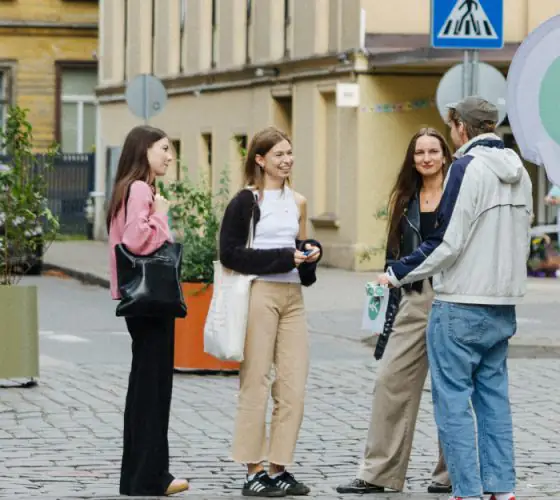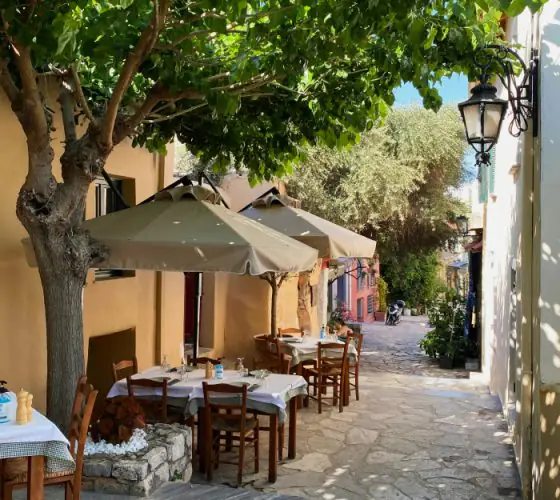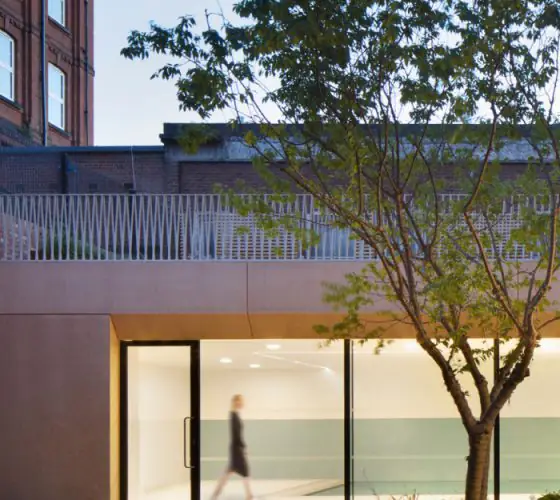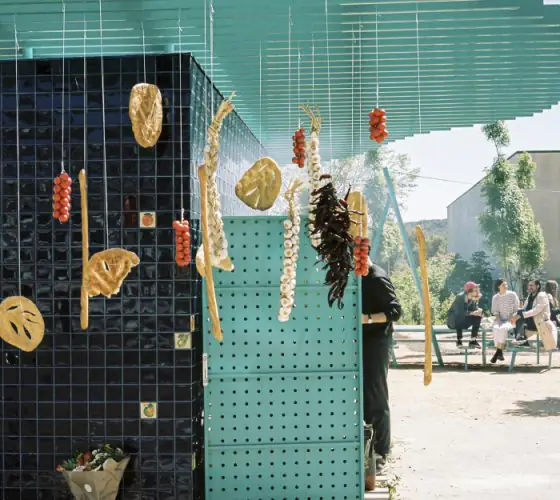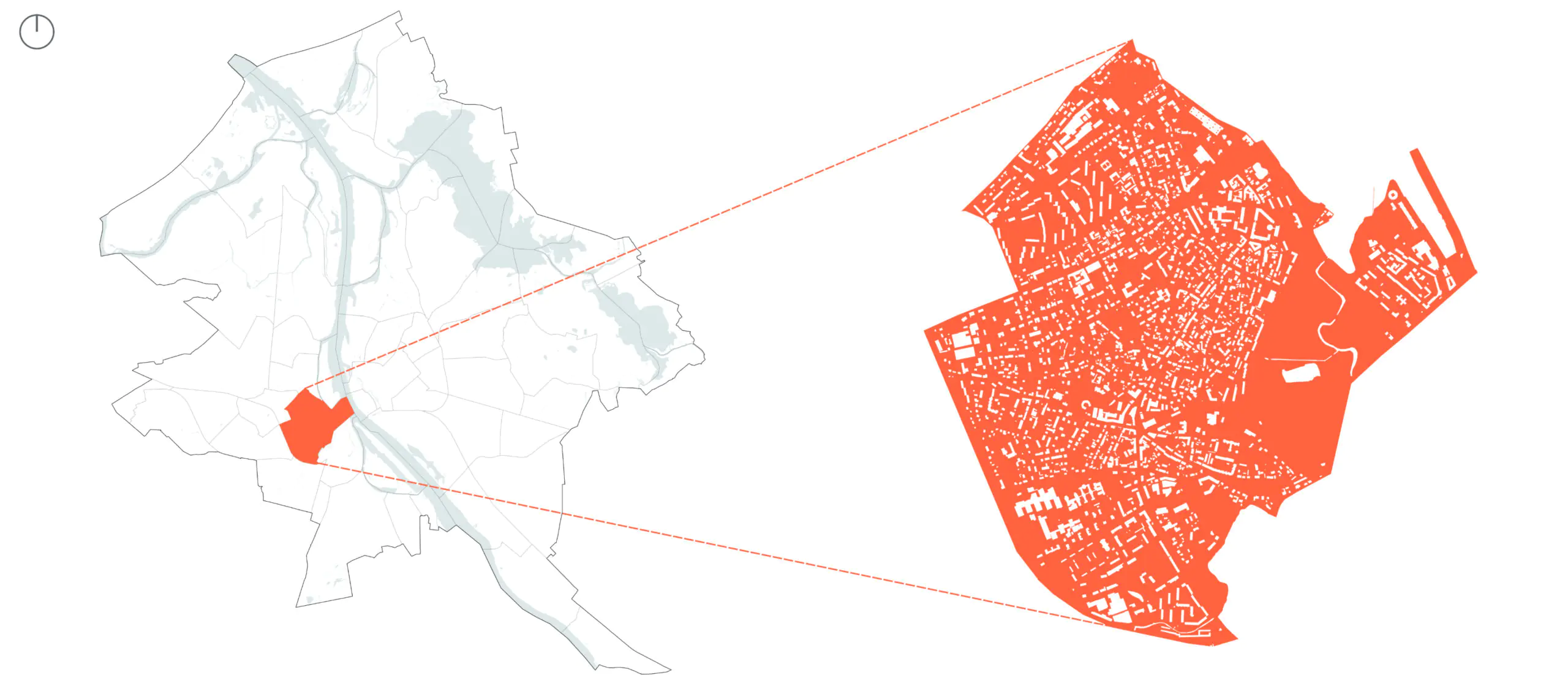
Information about the neighborhood
Area: 461,3 hectares
Population: 23 800 (2021)
Population density: 60 persons/ha
Employment: 12 013 (2017)
Agenskalns is a contrasting neighbourhood rich in history, where the city meets rural tranquility, old wooden buildings coexist with modern offices, and asphalt roads intertwine with uneven cobblestone streets and sandy clearings.
It is located on the left bank of the River Daugava opposite the historical center of Riga. Nowadays, Āgenskalns has become a favorite among cultural enthusiasts and hipsters, but in the late 19th century, rental houses were built here to accommodate factory workers from the surrounding areas. The left bank of the Daugava, as a suburb, developed relatively late: until the 19th century, armed conflicts took place in these territories, living conditions were uncertain, and settlements were often burnt down.
The visible urban development dates back to the first half of the 19th century. The construction happened without a specific plan, resulting in a somewhat chaotic street network. Residential buildings, already approved by the general plan of the city, which established Agenskalns as a part of Riga, appeared here in the early 20th century, but their construction was interrupted by the Second World War.
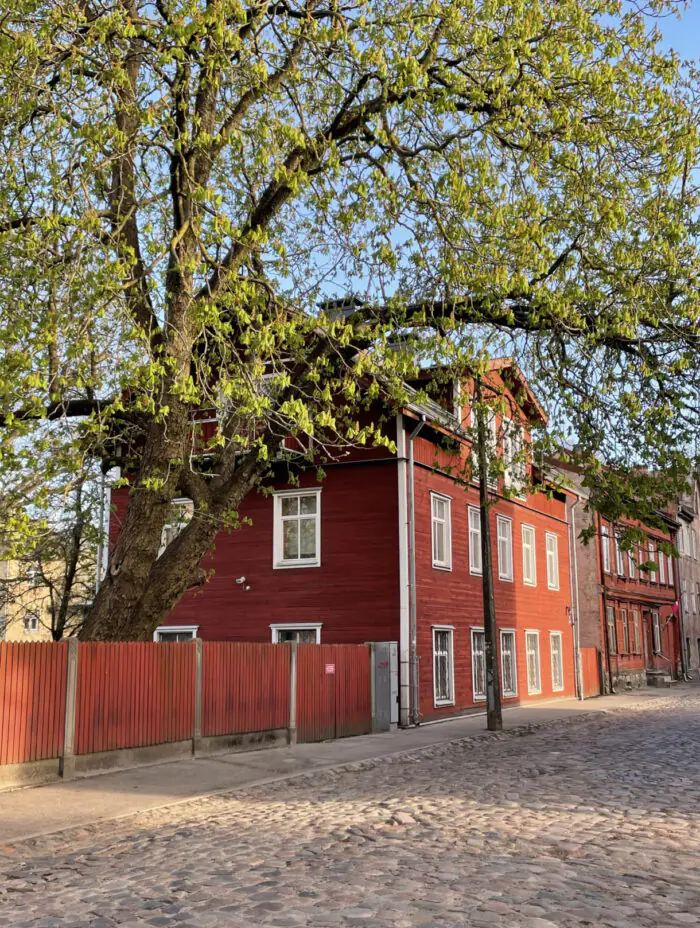
lea-85.livejournal.com
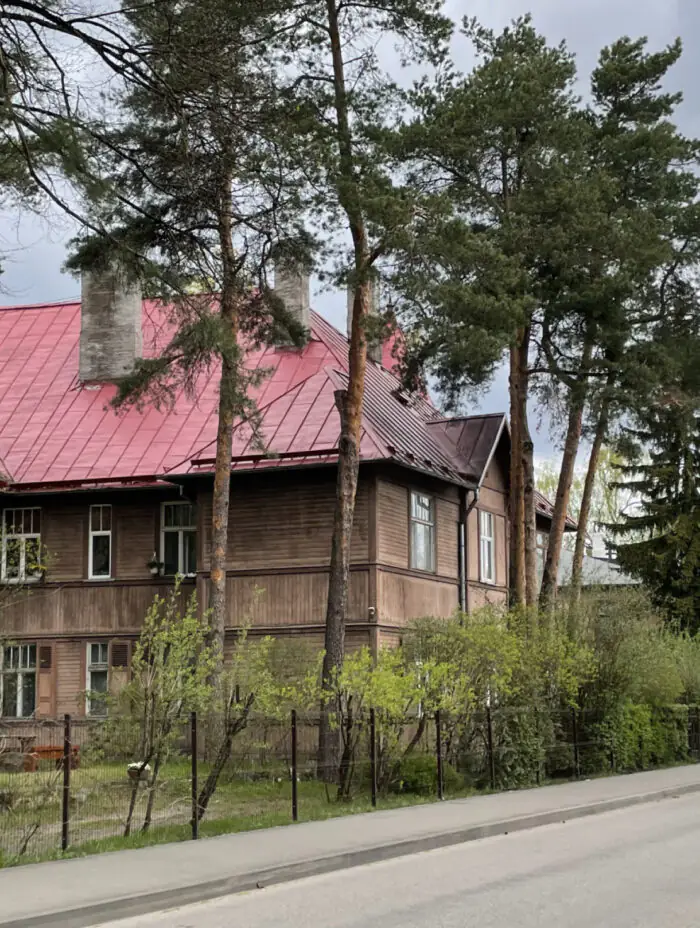
lea-85.livejournal.com
Today, this district is particularly known for its wooden architectural heritage, and from the 20th century to the present, it attracts various artists and creative individuals. Along the small streets of Āgenskalns, poet Aleksandrs Čaks visited his grandmother’s house in his childhood, the renowned director and founder of the Dailes Theatre, Eduards Smiļģis, grew up here, and currently, the poet Inese Zandere lives in Āgenskalns. She has set up a bird feeder outside her apartment window, attracting sparrows.
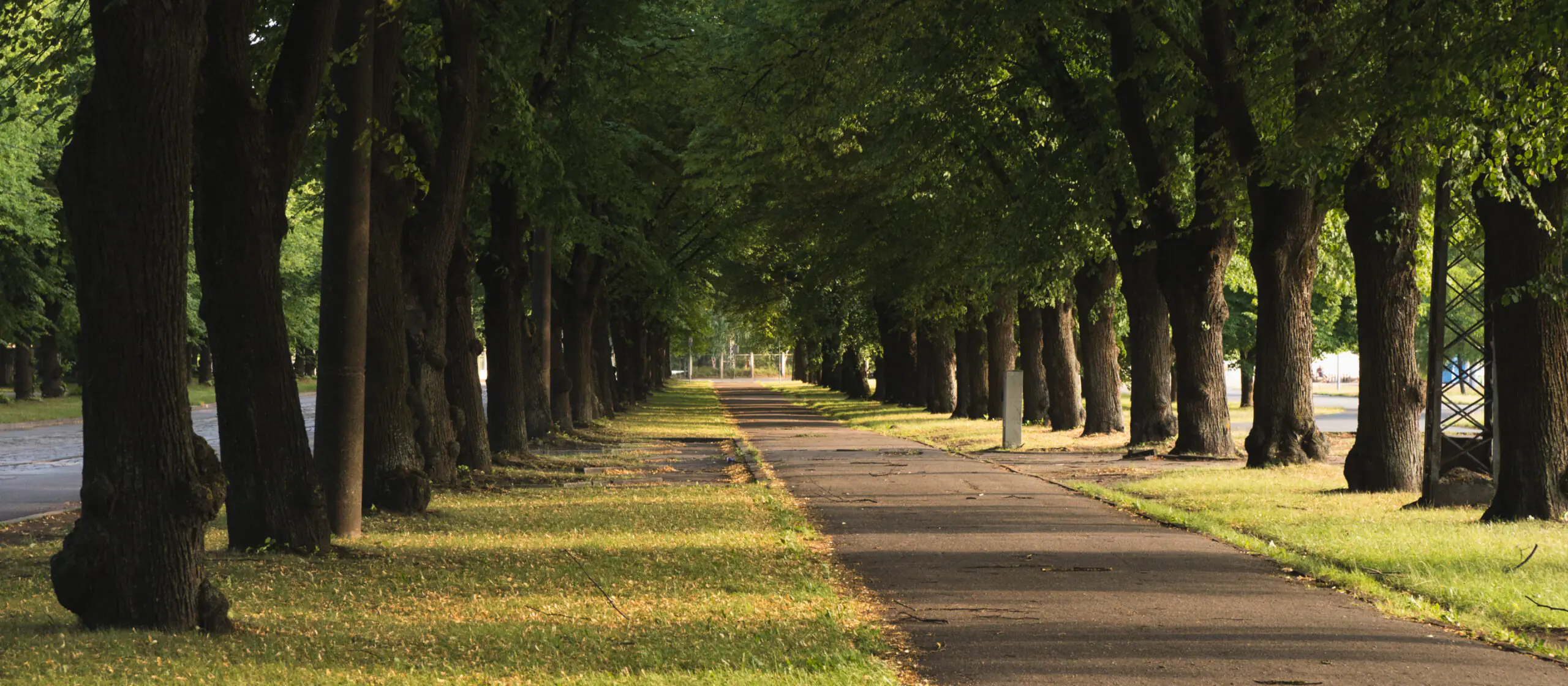
adobestock.com
1. A Сohesive Сommunity
Even now, when real estate agents meet homeowners in Āgenskalns, it is evident that creative individuals continue to choose Āgenskalns as their residence. These are artists and cultural professionals with a slightly different perspective on the world, sparkling eyes, and stories to tell about their living space.
Among the locals, there is a strong sense of community, more characteristic of a small Latvian town or rural village than the capital. When meeting with clients, phrases like “We have such cool neighbors!” are not uncommon. People living in the same house know each other—they know the names of neighbors and their children, occupations, and even neighbors’ plans for their property’s future. Good neighborly relations improve the internal “ecosystem” of the house and help to deal with common practical issues.
In any ecosystem, order and predictability are crucial, but as in life—everything flows and changes: homeowners move. For those property owners who remain in Agenskalns, it is important that the new neighbours blend into the community and maintain the authentic appearance or details of the buildings. It is no secret that when looking for tenants, owners are interested not only in the thickness of the tenant’s wallet but also in their personality—the ability to maintain order, cleanliness, and ability to coexist with other household members. When selling property, the buyer’s character is usually less critical, but since Āgenskalns has a strong sense of community, when selling and leaving the ecosystem, owners pay attention to the buyer’s character.
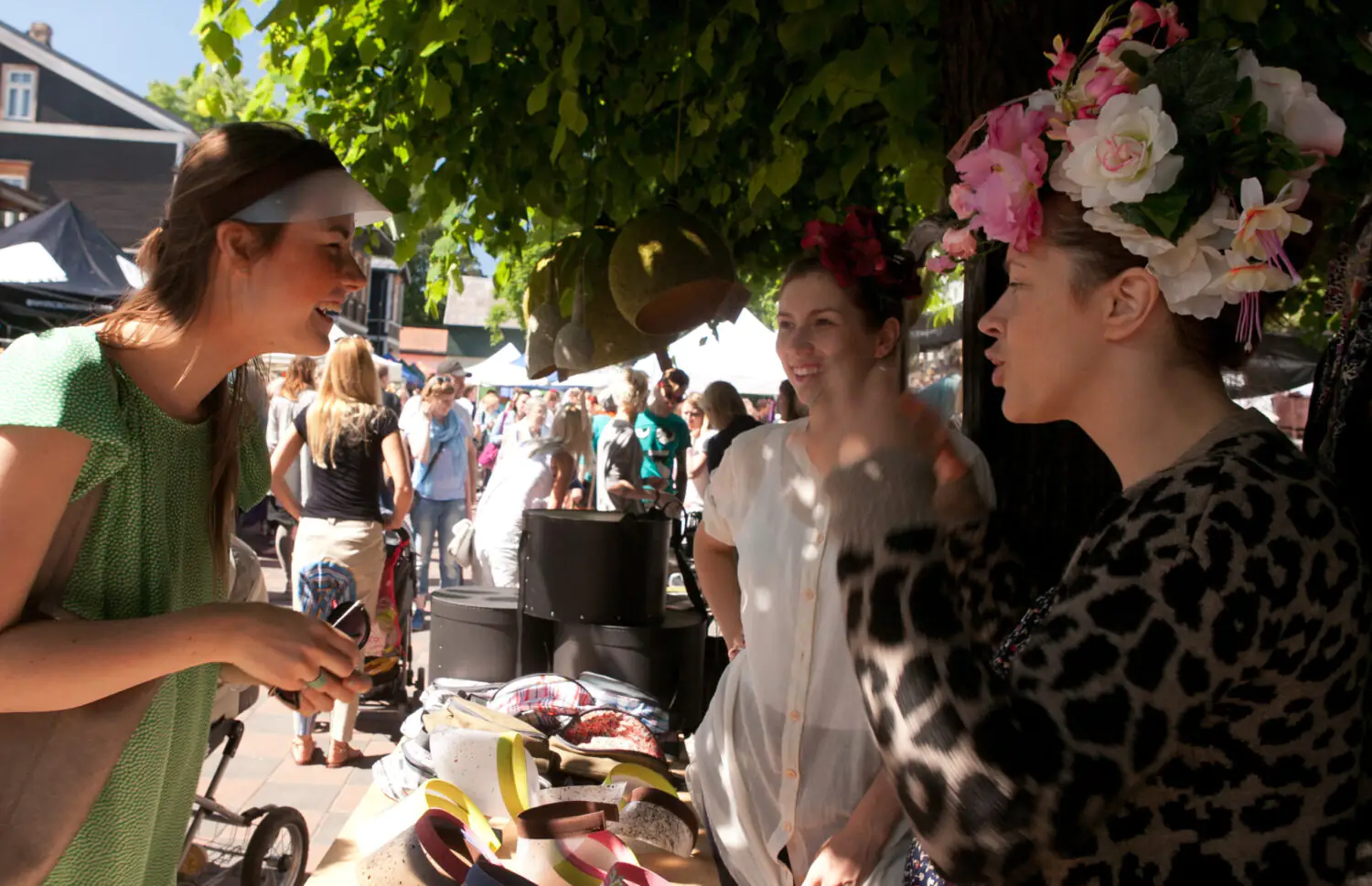
kalnciemaiela.lv
From the buyer’s perspective, this may initially seem like a drawback because, in a way, there is a need to pass a personality test. However, at the same time, there is a greater sense of security since you know the people who live next door in your daily life.
Once you become one of them, you will know where to buy the tastiest foods, which neighbor willingly shares their apple harvest every autumn, and which service providers offer discounts specifically to Āgenskalns residents. In the era of modern technology, community spirit can also be created through Facebook groups like “Living Well in Āgenskalns,” with more than 19,000 members. On snowy days, people express gratitude for the cleared snow, in spring, Āgenskalns residents secretly buy birch sap for €2 from a gentleman near the market, and at any time of the year, you can find your lost keys here.

kalnciemaiela.lv
2. Local Identities
Community spirit is not only evident among neighbors or on social media but also on a broader scale—with various events organized by local cultural enthusiasts or professionals, thereby promoting the overall sense of belonging in Āgenskalns.
Cultural Points of the Neighbourhood
- Kalnciema Market: this is not just a place to buy artisan crafts or rural products—it also celebrates traditional Latvian solstice festivals and introduces new thematic events each Saturday. The market offers various activities for families, such as creative workshops, theater performances, concerts, science shows, and book opening celebrations.
- Eduards Smiļģis Theatre Museum of the Latvian Academy of Culture: the museum attracts students, art enthusiasts, and professionals with various events. It features a permanent exhibition that introduces the founder of the Dailes Theatre, Eduards Smiļģis, the beginnings of theater in Latvia, and the development of the Dailes Theatre.
- Dirty Deal Teatro: hiding on a quiet side street near the Eduards Smiļģis Museum, this non-profit theater offers contemporary theater performances. It particularly welcomes children and young people, aiming to cultivate a natural interest in theater in the younger generation.
- NOASS Arts Center: located on the AB dam, NOASS offers various art performances, shows, and workshops on a floating, 200 m² stage, as well as in an amphitheater hall.
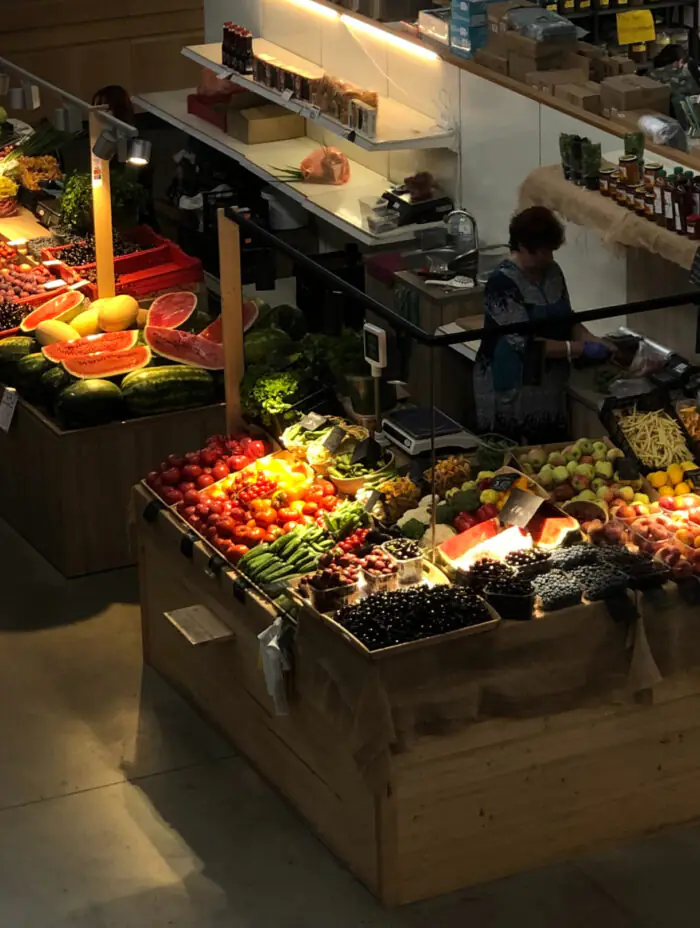
unsplash.com
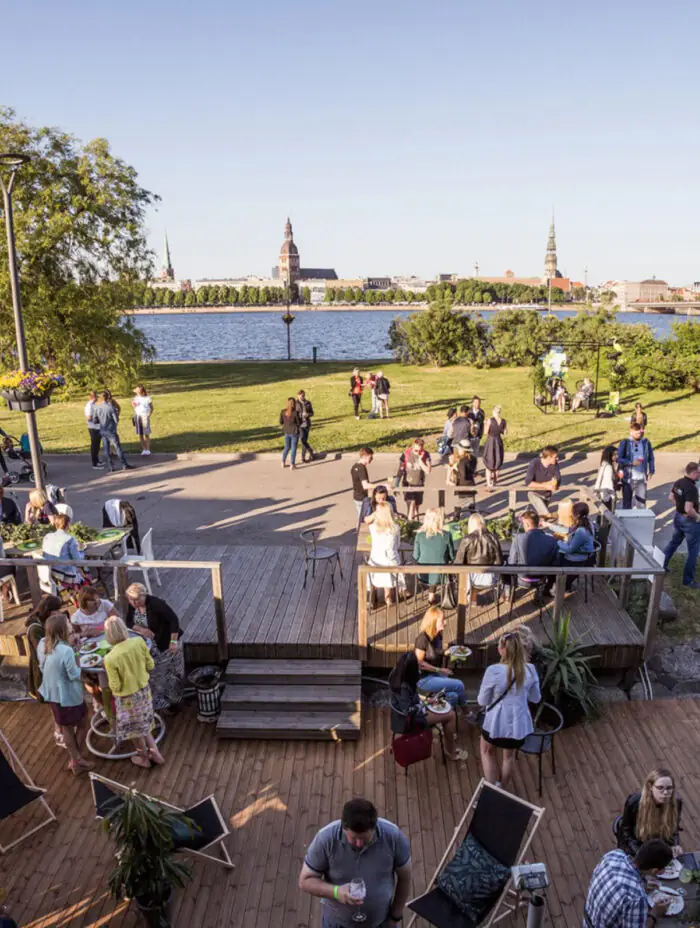
noass.lv

baltics.news
Gastronomic Hotspots
For Fine Dining
- “Tauro” Restaurant, Raņķa dambis 30. At the end of 2023 the restaurant was included in Michelin Guide, the world’s strictest and most popular restaurant rating.
- “Fazenda” Restaurant, Nometņu iela 7.
For Cozy Gatherings
- Āgenskalns Market, Nometņu iela 64. Sitting at the tables and waiting for the ordered food on the 2nd floor of the building, you can observe the bustling market on the 1st floor.
- “Street Pizza”, Meža iela 4a.
For Leisurely Coffee Breaks
- “Kūkdari” Bakery, Nometņu iela 1.
- “Ciemakukulis” Patisserie, Nometņu ielā 9 and Kuldīgas ielas 19.
To Meet with Friends
- “Lokāls Veldze” Bar, Kalnciema iela 40F.
- “Vinilbārs” Pub, Kalnciema iela 39.
- “Pils” Bar, Eduarda Smiļģa iela 35.

wikipedia.com
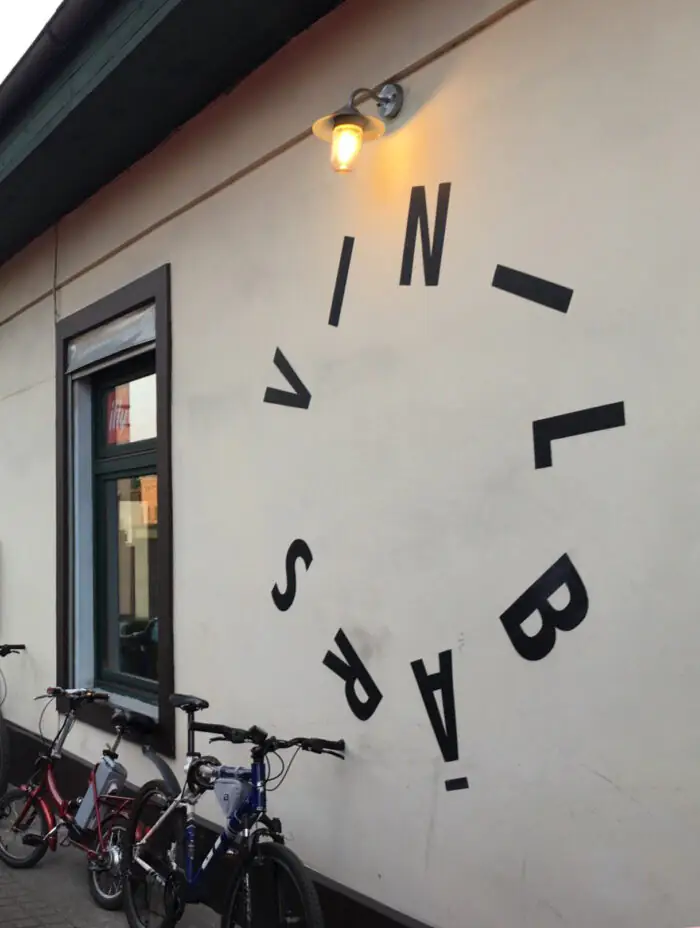
tripadviser.com
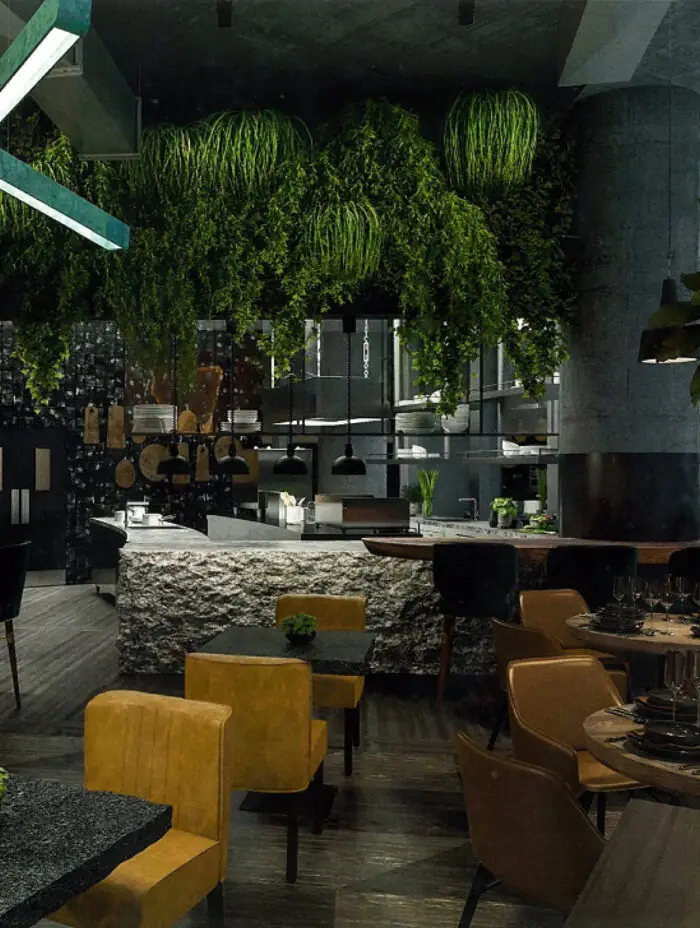
horeca.lv
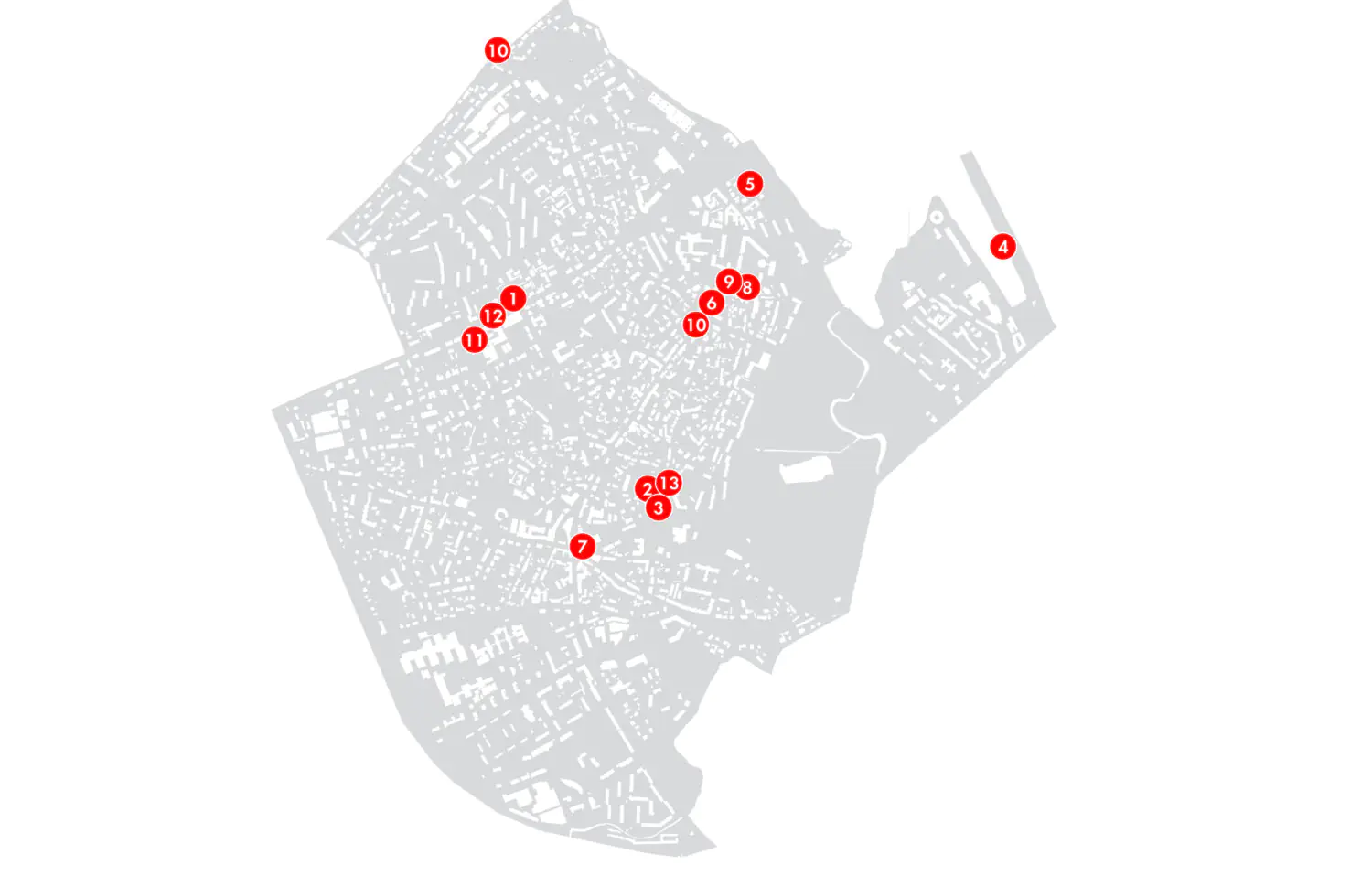
3. Fascinating Contrasts
Āgenskalns vividly embodies various contrasts. The district is on the opposite side of the Daugava, yet it is reachable from the city center in just 10 to 15 minutes. The same amount of time is needed to reach Riga International Airport from Āgenskalns. Public transport infrastructure is well-developed. At the same time, the neighborhood is rich and boasts various parks—Uzvaras Park, which delights with blooming cherry blossoms in spring, and smaller parks like Kobes dārzs (Kobe Garden) and Jaunatnes dārzs (Youth Park).
The symbiosis of new and old is particularly noticeable in the architecture of the neighborhood. If Riga’s center is internationally recognized for its Art Nouveau architecture, then Āgenskalns is especially characterized by two-story authentic wooden houses. However, when crossing the bridge from the center, the precursors of modernity are immediately noticeable—the glass “Zunda Towers” skyscrapers, which offer a great view of the Daugava and the Old Town.
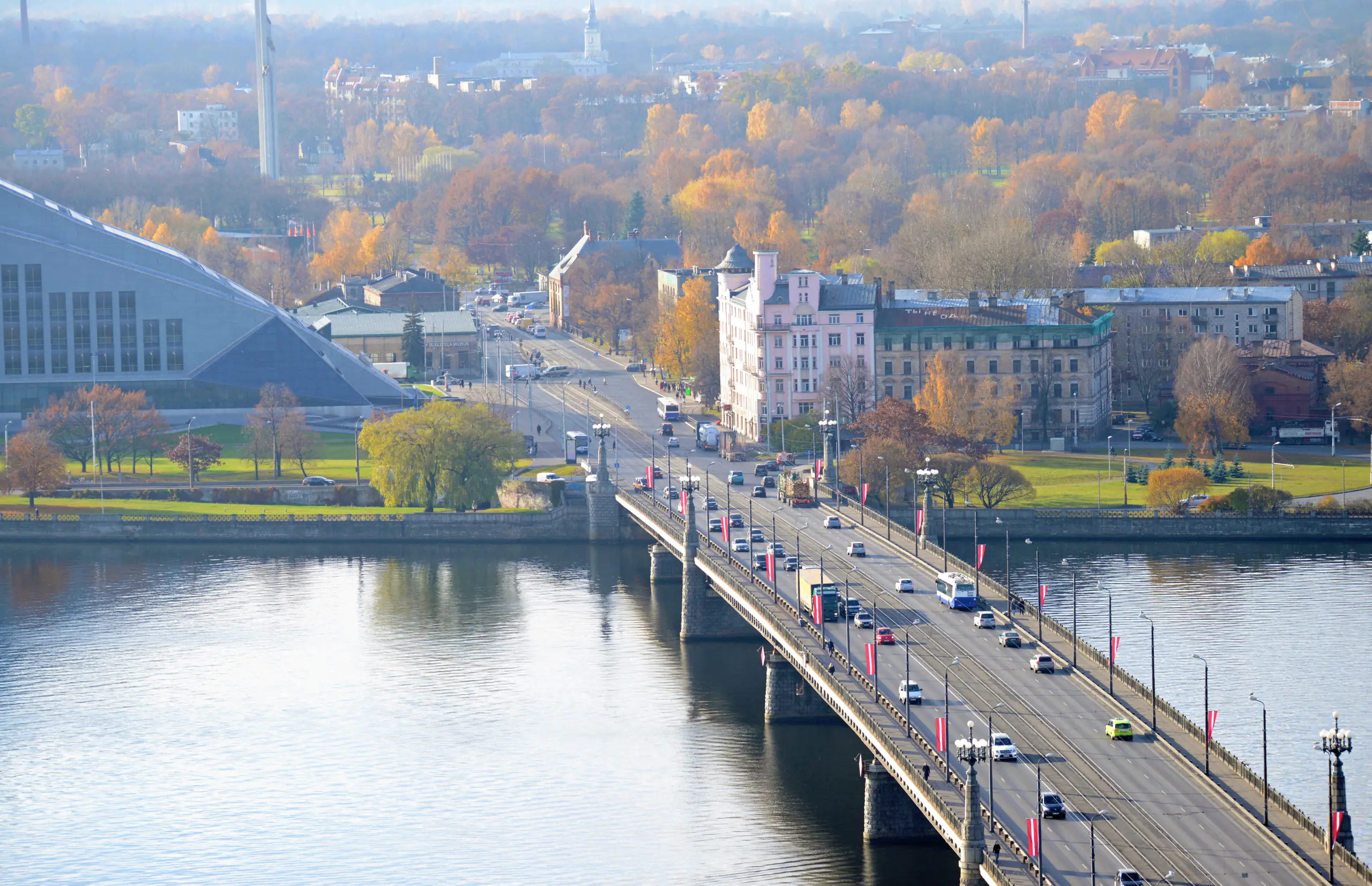
urbantreetops.com
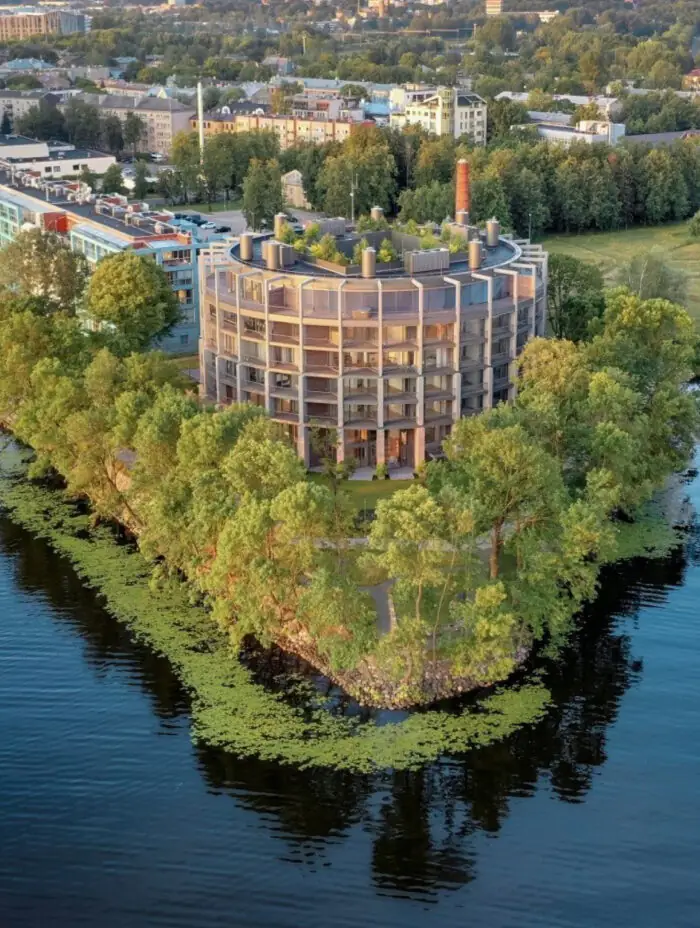
kivi.lv
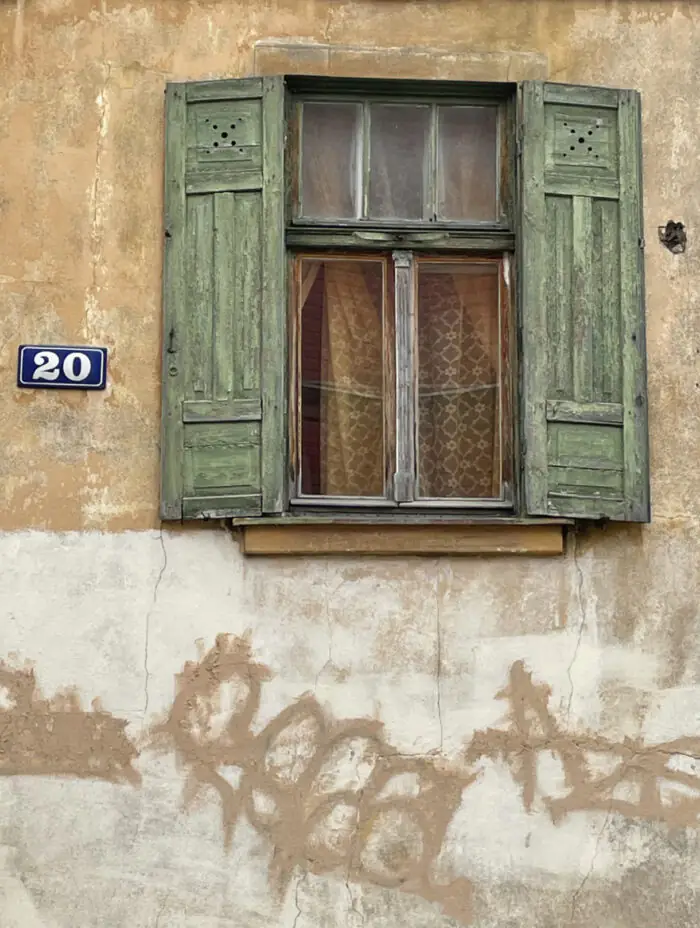
lea-85.livejournal.com
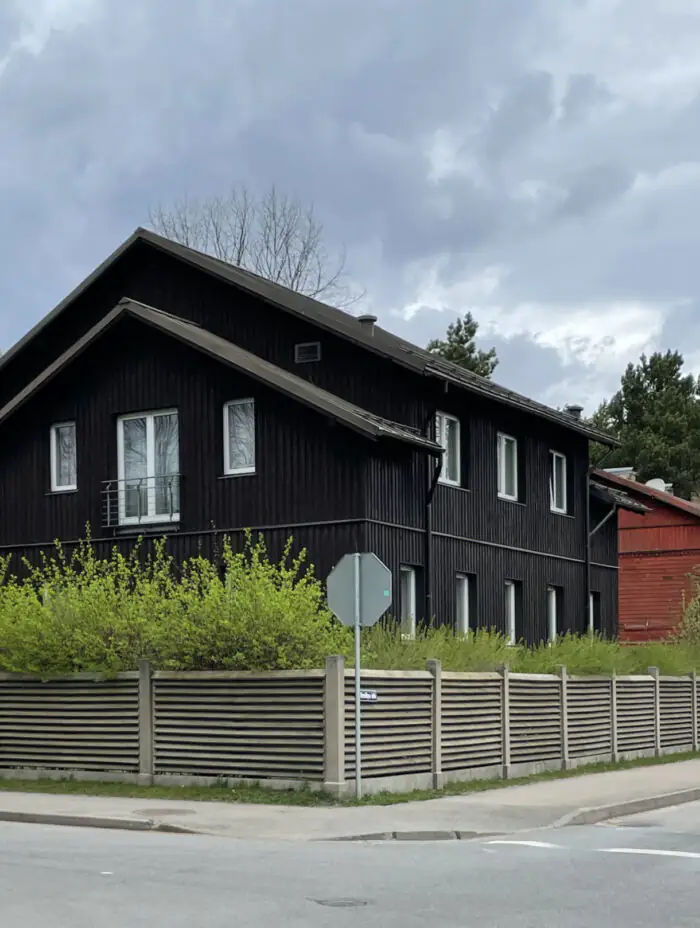
lea-85.livejournal.com
Even the current real estate market reflects the ancient with the modern. In recent years, more and more new projects have emerged—River Breeze Residence, Puķu iela 6, Kalnciema Quarter Residences, Filozofu Rezidence, Mērsraga iela 9, Kuldīgas Parks and others.
Changes are evident not only in architecture but also in the neighborhood’s infrastructure. The renovated Āgenskalns Market, which has noticeably contributed to the development of the market’s surroundings, is a testament to this. Just a few years ago, people reluctantly passed by, but now it is a place where not only Āgenskalns residents relax but also residents from other neighborhoods.
Uzvaras Park has also undergone changes, and in early November, it was reopened to visitors after reconstruction. Landscaping works are ongoing, but the picturesque part of the park has already been revealed. Sports enthusiasts are not forgotten—this winter offers a chance to try the new skiing trail. The territory also houses a unique skateboarding track in Northern Europe, and in spring, outdoor fitness elements will be installed.
4. Prices
After reading all of the above, the question of why Āgenskalns is so popular as a place of residence likely no longer arises. This is also reflected in the prices. The housing offer in Āgenskalns presents a stark contrast—in this neighborhood, it is possible to purchase some of the most expensive and modern apartments in all of Riga, as well as more budget-friendly, non-renovated homes in old wooden buildings.

lea-85.livejournal.com
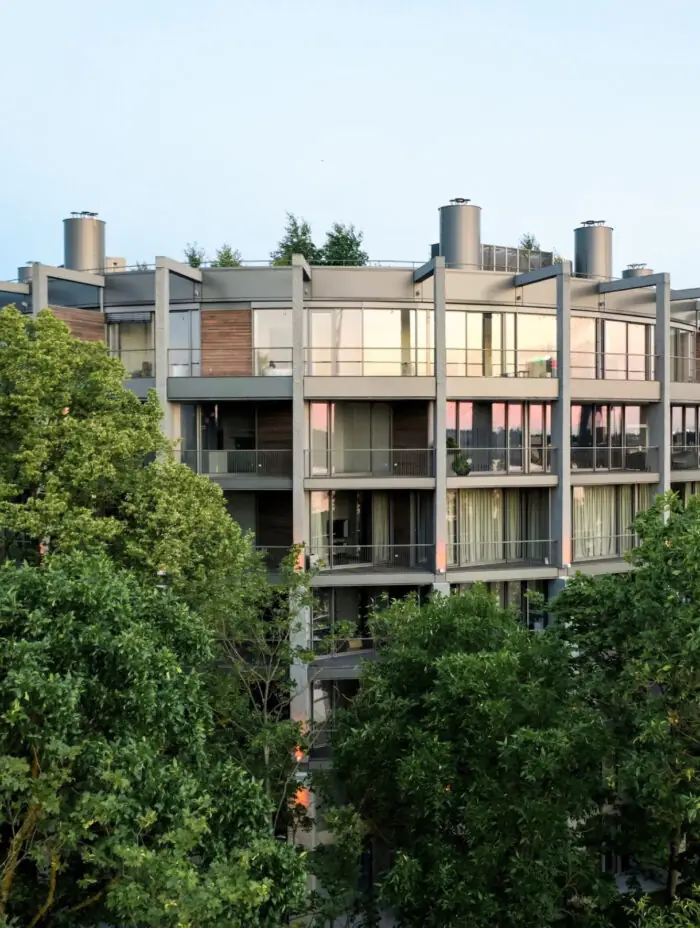
kivi.lv

starlex.lv
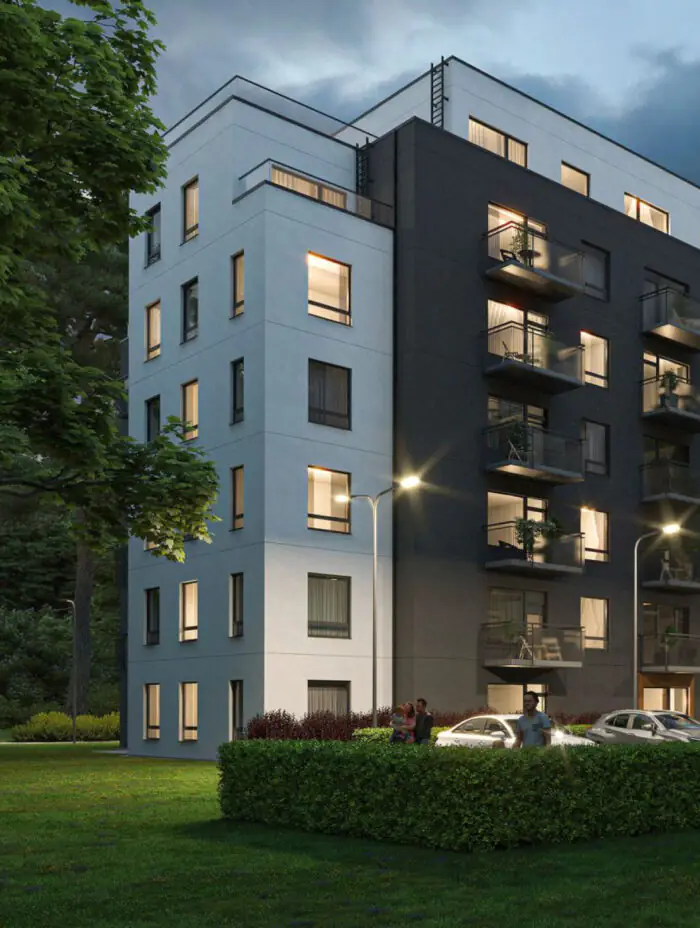
hepsor.lv
New projects are available in both the premium and basic segments. Apartment prices in new projects range from €1,400 to €4,400 per square meter. However, if preference is given to the charm of the past, there is a sufficient supply of apartments in historic wooden buildings, ranging from €1300 to €1900 per square meter.
Rental apartments are also gaining more relevance because Āgenskalns is home to various educational institutions that attract students not only from all over Latvia but also from various parts of the world. The rental apartment offer is quite extensive—furnished and unfurnished, visually appealing apartments are available.
Outro
Āgenskalns growing rapidly, which means that it is constantly creating a diverse and sustainable urban environment where different citizens with different interests meet. Architectural contrasts, educational institutions, gastronomic outlets, parks, cultural spaces, a close-knit local community—all this makes the neighbourhood rich and attractive, and there is every reason to believe that this trend will continue and develop in the future.


